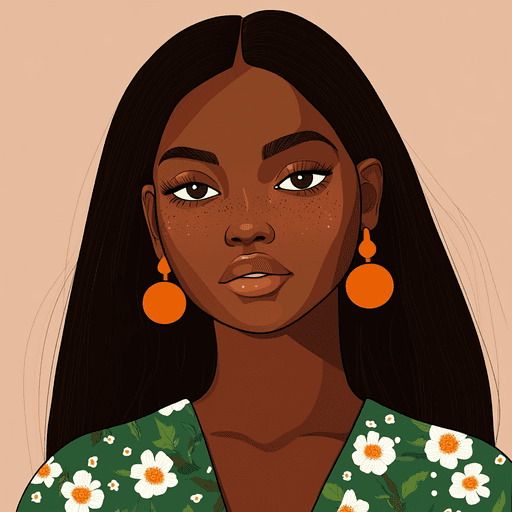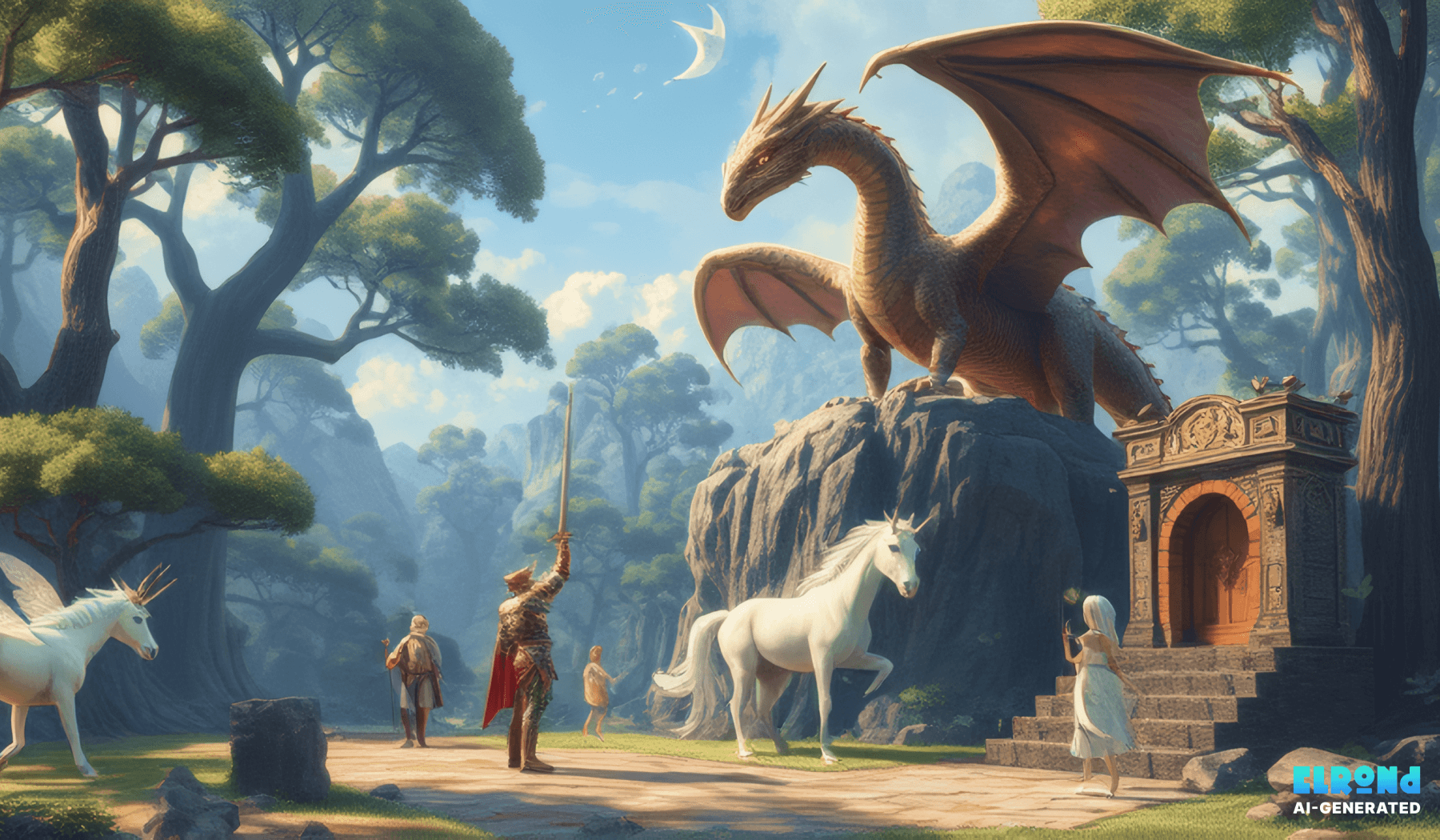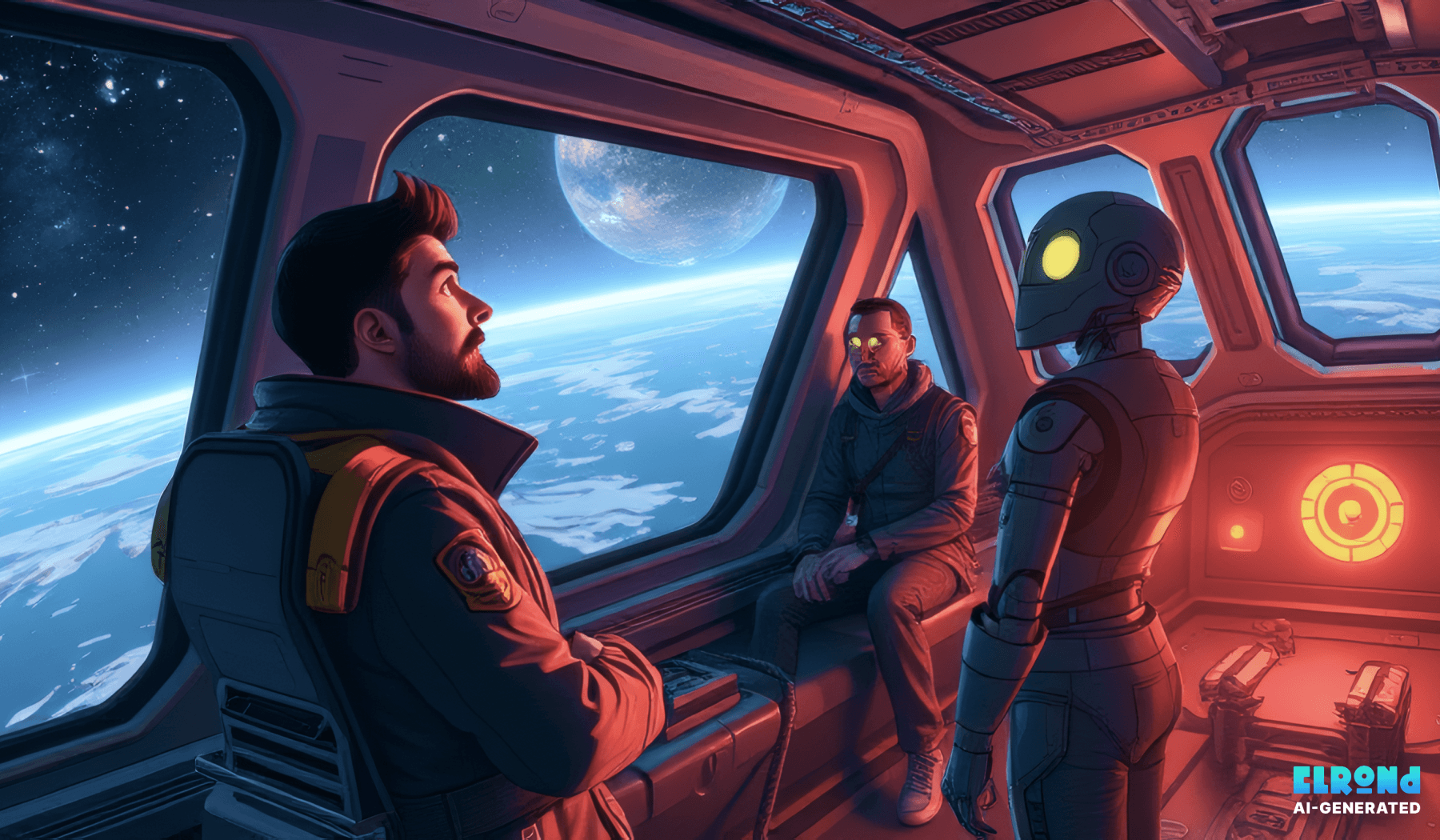Explore the timeless influence of ancient myths on modern fantasy, revealing how they continue to shape contemporary storytelling.
Ancient myths have long served as a wellspring of inspiration for modern fantasy literature. From gods and monsters to legendary heroes, the themes and characters of mythological tales continue to resonate today, providing the backbone for much of the fantasy we enjoy. Despite the centuries that have passed since these stories first emerged, their influence on contemporary fantasy remains as strong as ever.
One of the key reasons mythology still permeates fantasy literature is because of the archetypes it offers. These timeless characters—heroes, gods, tricksters, and monsters—serve as vehicles for exploring complex human experiences. Whether it's the struggle between good and evil, the journey of personal growth, or the conflict between gods and mortals, the themes in mythology remain universally compelling.
Hero’s Journey: From Myths to Modern Epics
The hero’s journey, an archetype deeply rooted in mythology, is one of the most enduring elements in fantasy. Across different cultures, heroes embark on quests, face trials, and return transformed. Modern fantasy writers have embraced this structure, adapting it for contemporary narratives.
Take J.R.R. Tolkien's The Hobbit, for example. Bilbo Baggins' journey mirrors the path of many mythological heroes—starting as an unassuming figure and growing into someone capable of great feats. This mythological journey, of starting humble and evolving through challenges, continues to shape the fantasy genre today.
Gods, Monsters, and Magical Creatures
Mythology also offers a rich tapestry of gods, monsters, and mystical creatures, many of which still populate the pages of modern fantasy. These beings often symbolize forces of nature, life, and death, or embody complex moral struggles.
In Rick Riordan’s Percy Jackson & The Olympians, Greek gods and creatures such as Medusa and the Minotaur are brought into a modern setting. These mythological figures continue to live on in new contexts, making ancient stories relevant and accessible to a new generation.
World-Building: The Legacy of Mythology
World-building is another area where mythology leaves its mark. Fantasy authors often draw from mythological traditions to craft intricate and immersive worlds, integrating divine histories, rituals, and legendary figures into the fabric of their settings.
The Stormlight Archive series by Brandon Sanderson provides a great example of this, where divine influence and pantheons of gods guide the actions of key characters. The deep, mythologically rooted world-building in fantasy makes these worlds feel alive and interconnected, much as the ancient myths created rich, interconnected stories across cultures.
Reimagining Myths: Modern Perspectives
While mythology is a powerful foundation for fantasy, modern authors frequently reimagine these ancient tales through a contemporary lens. Themes like social justice, gender equality, and personal identity have led to fresh interpretations of familiar mythological stories, bringing them into a modern context.
Madeline Miller’s Circe, for instance, reinterprets the story of the Greek sorceress Circe, giving her voice and agency that contrasts with her more passive portrayal in traditional myth. This kind of retelling allows ancient stories to remain relevant by addressing issues that resonate with today’s readers.
The Global Spread of Mythological Influence
As fantasy literature becomes increasingly global, authors are looking beyond traditional Western and Near Eastern mythologies to draw inspiration from African, Asian, and Indigenous mythological traditions. These diverse influences bring new richness to fantasy worlds and broaden the scope of the genre.
Tomi Adeyemi’s Children of Blood and Bone is a prime example, where Nigerian mythology shapes a magical world full of power struggles and ancient legacies. By incorporating elements of African folklore, the story feels both rooted in tradition and strikingly original, showcasing how modern fantasy can take inspiration from a variety of mythological cultures.
Conclusion
Mythology is not just a relic of the past—it is a living, breathing force that continues to shape modern fantasy. From hero’s journeys to divine beings, ancient myths provide the foundation for stories that remain as compelling today as they did centuries ago. As long as humanity seeks to understand the world through stories, mythology will remain at the heart of the fantasy genre, guiding us through new worlds, challenges, and truths.


